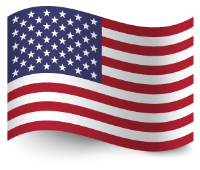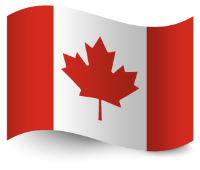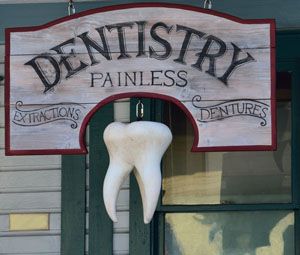Cold Sores Still Common in US
 If you thought our cold, wet and windy climate meant that the cold sore virus was particular to these island shores, think again.
If you thought our cold, wet and windy climate meant that the cold sore virus was particular to these island shores, think again.
Even those living in the United States – the land of sun-drenched Californian coastlines, Texan deserts and generalised middle American heat haze – are prone to the virus and, consequently, the search for the best possible cold sore treatment.
And we can back these claims up with science too. The National Center for Health Statistics (NCHS) recently reported that nearly half (48 percent) of Americans aged 14 to 49 carry herpes simplex 1 (HSV-1), the virus responsible for cold sore outbreaks.
In fact, the virus is very common among those 49 and over, with the NCHS reporting that nearly 60 percent of people carry the virus.
The good news though is that fewer people are being forced to reach for the nearest tube of cold sore treatment than at the turn of the millennium; in the year 2000 more than 59 percent of over 14 year-old's were reported to suffer from the virus, meaning there has been an 11 percent drop in cold sore cases in the intervening 17 years.
It is interesting to wonder whether the fall in reported cold sore cases comes about as a result of public health policy, improved hygiene, improve diet or perhaps even some lessening in the virulence of cold sore strains.
What we do know, however, is that the cold sore virus prospers and proliferates as a result of close contact between people and that it has a predilection for life in the moist surfaces of the mucosal membranes that make up the surface of the lips, mouth and nose.
It is also known that the cold sore virus can be passed between people even when they do not exhibit symptoms. It is also known that sufferers with the most acute sores can derive benefit from strong antiviral drugs. However, for the rest of us, we should simply try and eat well, get plenty of exercise and ensure that we take our chosen cold sore treatment whenever needed.
 Last year we reported that the NHS is likely to stop prescribing cold sore creams along with a long list of other over-the-counter prescriptions. Now there is a definite date for when the change will occur: NHS England's new guidance to GPs regarding which items they can prescribe will come into effect from May 31.
Last year we reported that the NHS is likely to stop prescribing cold sore creams along with a long list of other over-the-counter prescriptions. Now there is a definite date for when the change will occur: NHS England's new guidance to GPs regarding which items they can prescribe will come into effect from May 31.






 Cold sore cream users will know what their blisters look like. The list of descriptive words is not an enviable one: red, swollen, sore, scabbing, crusting, weeping, yellowing, etc. Yes, chances are that you are not going to win any prizes for lyrical poetry by writing an ode to your cold sore.
Cold sore cream users will know what their blisters look like. The list of descriptive words is not an enviable one: red, swollen, sore, scabbing, crusting, weeping, yellowing, etc. Yes, chances are that you are not going to win any prizes for lyrical poetry by writing an ode to your cold sore. Perhaps you have toothache, a crown that has come loose, your wisdom teeth are threatening to erupt or maybe you are simply desperately in need of a check-up. Whatever the case, you need to go to the dentist, have finally managed to get an appointment and have even arranged to have some time off work in order to go to the trouble.
Perhaps you have toothache, a crown that has come loose, your wisdom teeth are threatening to erupt or maybe you are simply desperately in need of a check-up. Whatever the case, you need to go to the dentist, have finally managed to get an appointment and have even arranged to have some time off work in order to go to the trouble. The cold sore virus is mysterious and confounding even to those sufferers who are likely to understand its makeup and pathology. For example, the way the virus lurks waiting to break out when you are under stress or at a low ebb, leaving you to reach out for your cold sore cream at a time when you'd rather be getting on with something else.
The cold sore virus is mysterious and confounding even to those sufferers who are likely to understand its makeup and pathology. For example, the way the virus lurks waiting to break out when you are under stress or at a low ebb, leaving you to reach out for your cold sore cream at a time when you'd rather be getting on with something else. If you thought our cold, wet and windy climate meant that the cold sore virus was particular to these island shores, think again.
If you thought our cold, wet and windy climate meant that the cold sore virus was particular to these island shores, think again.




